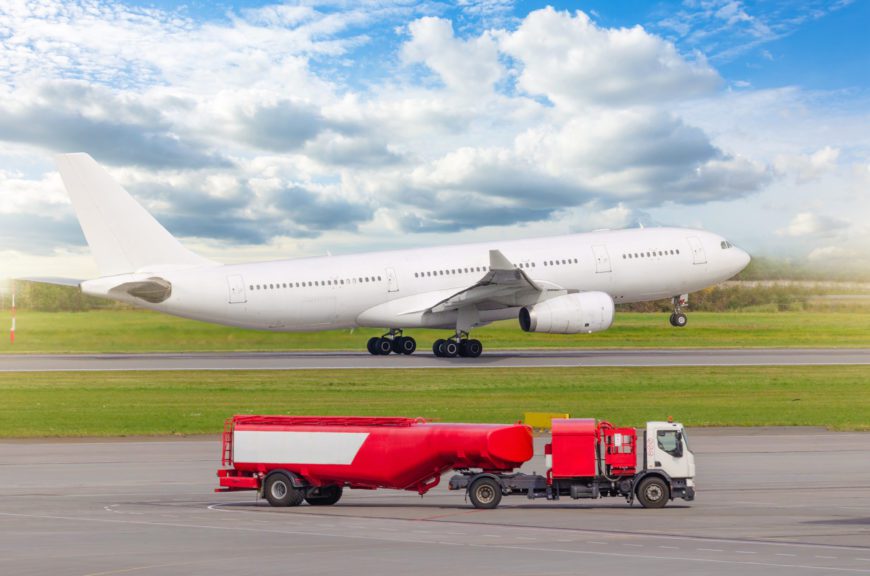An assessment of the policy options for driving sustainable aviation fuels in the European Union
Briefing
Leveraging EU policies and climate ambition to close the cost gap between conventional and sustainable aviation fuels
The aviation industry has looked toward alternative aviation fuels, (i.e., sustainable aviation fuels [SAFs]), as a primary in-sector strategy for achieving decarbonization. In this briefing, we analyze how the EU’s newly released “Fit for 55” policies can work in conjunction to generate new revenue streams for SAF and assist in meeting blending targets. We also assess the environmental integrity of overarching regulations and their ability to deliver on economy-wide decarbonization goals.
Proposed revisions to the ETD and ETS could be leveraged to raise the cost of fossil jet fuel and generate revenue to reinvest in SAF production and technology development. We estimate that approximately €1.84 billion is needed to close the 2030 SAF production cost gap. Aviation allowances (i.e., EUAAs) purchased under the ETS could provide a dedicated funding stream for SAF scale-up. Under a medium carbon price scenario, EUAAs could generate €1.7 billion in revenue, falling short of our estimated production cost differential. Additional funding could be directed from general ETS allowances (i.e., EUAs) or ETD tax revenue, although these funding streams are currently pooled under general Member State budgets.
Waste oil-derived HEFA SAFs are a relatively cheap near-term technology, requiring little financial support to compete with fossil jet fuels. But feedstock availability constraints for waste oils mean that meeting the ReFuelEU blending targets will require scaling up SAF production from more challenging SAF pathways that utilize more sustainable and abundant feedstocks. Furthermore, HEFA output will be constrained by competing demands from the on-road sector in the coming years. O’Malley et al. estimate that availability constraints will restrict HEFA output to a maximum of 1.9% of 2030 EU-27 jet fuel demand.
To move beyond HEFA fuels and meaningfully introduce lower-carbon advanced and synthetic fuels into the market, the EU could use EUAA auction revenue to scale up the SAF sector and a portion of ETD and EUA revenue to better align the regulation with long-term climate goals. This would require all of EUAA auction revenue plus 6% of EUA revenue to close the 2030 production cost gap. This cost gap will become increasingly hard to bridge when mandatory blending targets increase to 15% in 2035. In later years, additional revenue sources such as frequent flier levies may be needed to sustain the SAF industry’s cost-competitiveness. Reinvestment could come in the form of direct fiscal incentives such as capital grants, low-interest loans, and public-private partnership (PPP) contracts. In the longer term, mechanisms such as contracts for difference (CfDs) could provide a guaranteed funding stream to subsidize higher-cost SAF projects. CfDs are a financial agreement between a fuel producer (i.e., seller) and government agency (i.e., buyer) that establish a fixed value for the price of fuel sold over a set contract period (e.g., ten years).
In addition to providing new funding streams, the revised ETD and ETS proposals will raise the cost of conventional jet fuel, making investments in aircraft operations and efficiency improvements more appealing. Airlines can reduce emissions by replacing old aircraft with more efficient models, improving operations to carry more weight per flight, and seeking out optimal flight paths via advanced air traffic management. In combination, we estimate that these measures could reduce emissions by 2% annually, reflected in the above calculations. Emission reductions may also come at the consumer level in the form of reduced demand due to higher carbon trading prices.
In the longer term, the EU could also expand the ETS legal scope to cover the entirety of emissions generated from flights within and departing from the EU; this would expand the coverage of the ETS carbon pricing and generate additional revenue for reinvestment. Implementing jet kerosene taxation on select international flights via bilateral service agreements could raise revenue to a lesser degree.

Figure. An aircraft and its fuel source
